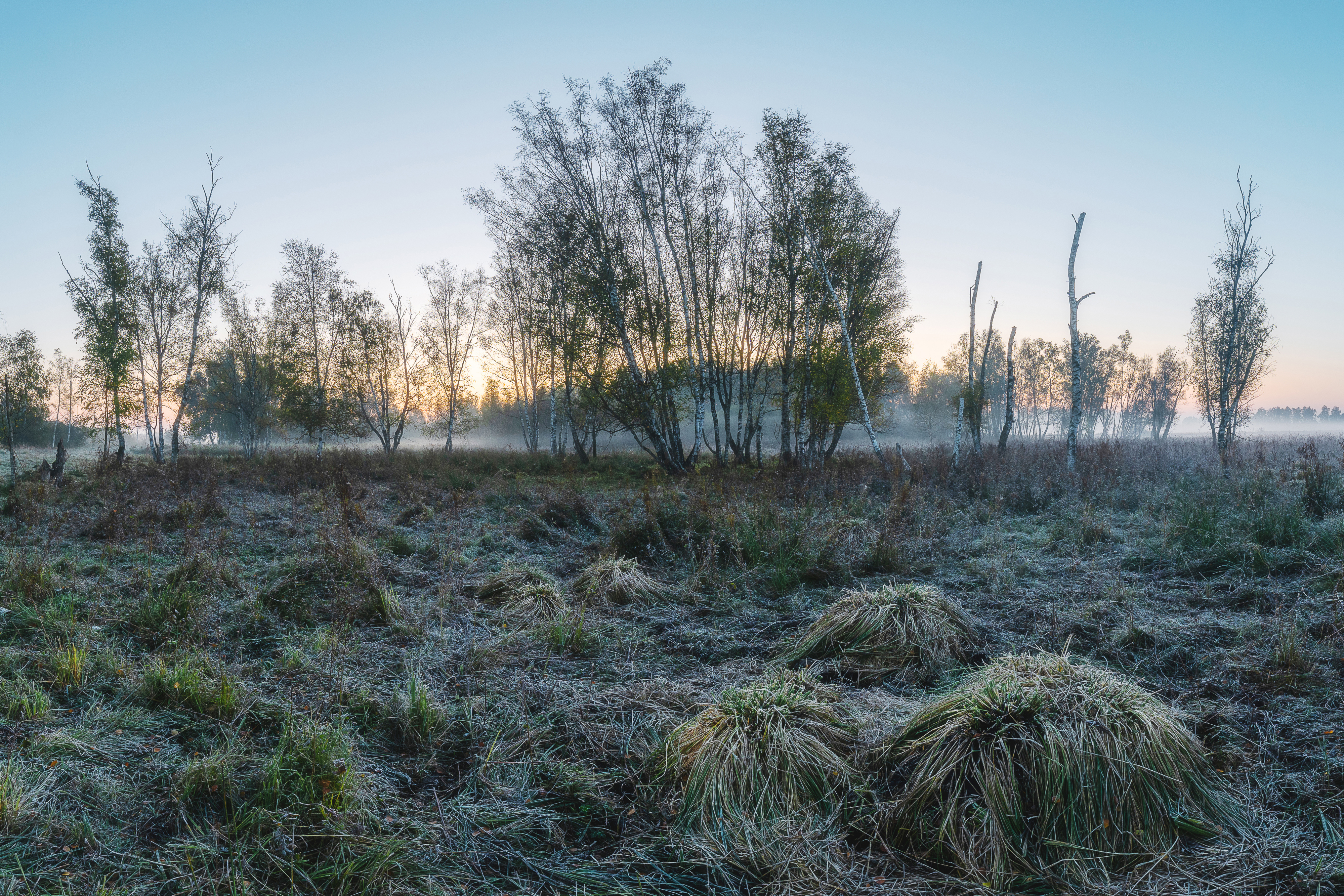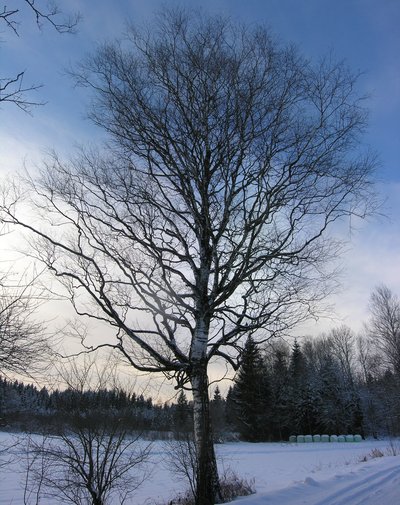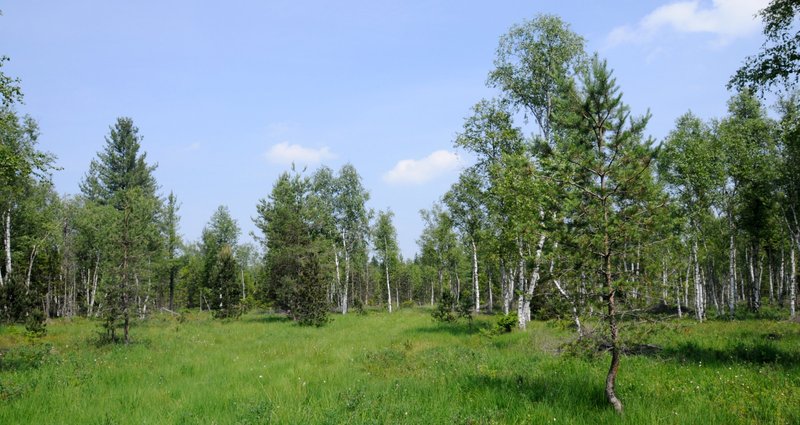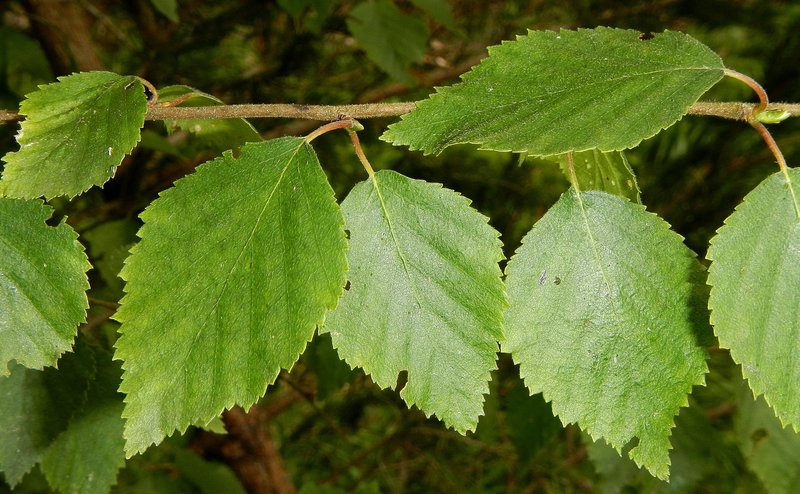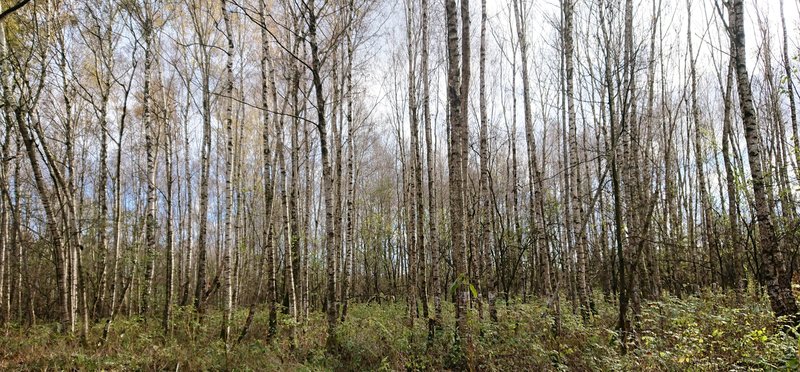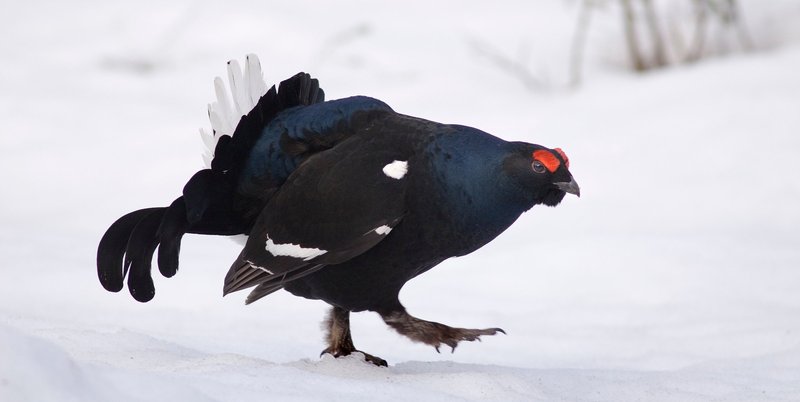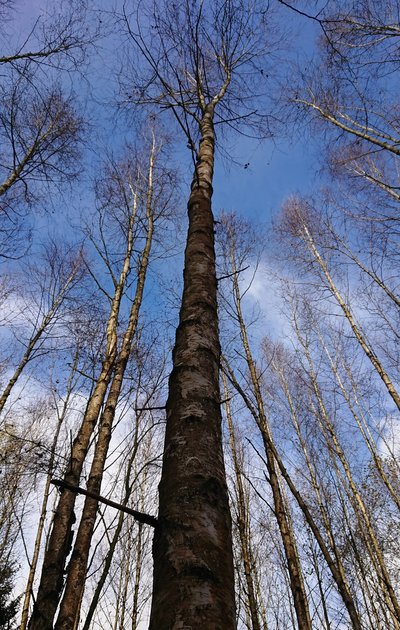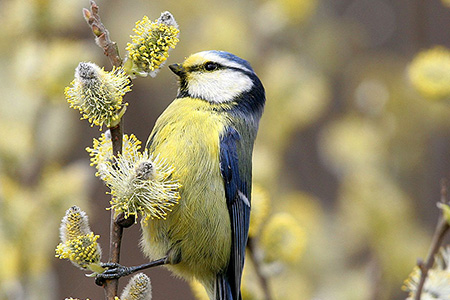Basically dependent on sunny locations, the downy birch can however also tolerate severe frosts, down to temperatures of minus 40 degrees Celsius. It also tolerates intermittent flooding well, and with its heart root system, it defies strong winds. It is widespread in central and northern Europe, Russia and Asia, and is considered the northernmost tree in Europe.
It is worth looking at the two native birch species separately in order to understand and use their site potentials. The downy birch is a native tree species that can do more than it is sometimes given credit for as a pioneer tree species. With professional pruning, the production of sawn timber or even high-value timber is for example quite possible.
Site
The downy birch thrives well on acidic, moist soils with a low nutrient supply, as well as on mineral, damp sites. It avoids calcareous sites, and in calcareous regions is limited to bogs. It is even less demanding than the silver birch, also known as the warty birch or European white birch or East Asian white birch (Betula pendula), which also spreads as a pioneer on drier areas.
Distribution
After the Ice Age, the downy birch succeeded in spreading from central Europe to the far north and into alpine regions. In its subarctic homeland, it is an important forest tree species on wetland sites, but also in the taiga and tree tundra. In the north, it forms the subarctic tree line, as a belt of pure birch forest.
Typical habitats in Germany are bog and carr forests and certain types of swamp and riparian forests. The downy birch is also found at the edge of scree runs, and near the tree line in the mountains.
Appearance
The downy birch can live up to 150 years, and grow up to 30 metres high in the lowlands. Near the tree line it grows as a low shrub. Unlike the silver birch, the smooth bark of the downy birch is initially dark reddish-brown in colour and only becomes lighter and finally greyish-white with age.
In contrast to the silver birch, its young, reddish-brown shoots are covered with hairs, which it later loses again. Young leaves of Betula pubescens are aromatic and are also covered with downy hairs, especially along the leaf veins. The leaves are alternate and composed of a petiole and a leaf blade. At temperatures below minus 40 degrees, the downy birch can convert the starch contained in its branches into oil. The heat generated in the process protects it from freezing to death.
Silvicultural use
In modern forestry, birch species are excellent as a so-called pioneer species on larger bare areas, for example after storms or bark beetle damage. When the birch trees are a few years old, they protect the following tree species against frost or wind and prevent the growth of too much grass on the forest floor.
Since the very light birch seeds are widely dispersed by the wind, and a single tree can produce up to 16 million seeds per year, open spaces are often rapidly colonised. On peat soils, downy birches are not only pioneers, but permanently form a natural forest society. On boggy or swampy sites, the downy birch is a potential alternative to the black alder if the latter is infected with phytophtora.
Flora and fauna
Numerous species occur on birch trees and in birch forests, including two species with Natura 2000 protection status: the birch mouse (Sicista betulina) and the black grouse (Lyrurus tetrix). Both species benefit from low-nutrient sites with alternating open areas and downy birch pioneer growth.
The downy birch is favoured by many xylobiont and phytophagous beetles, including some specialised species. Many leaf beetles and weevils, as well as cicadas, bugs, sawflies and butterflies also prefer living or live exclusively on downy birch trees. There are also many fungi that occur especially on birch trees in raised bogs.
Use
Birch wood is almost white and without a grain. It is easily planed and is well suited for furniture construction. As it is not very resistant to weathering, it can only be used indoors. The wood of all birch trees is also a popular firewood. It is particularly popular for glass-fronted fireplace inserts.
The aromatic oil of the birch, which is extracted from the bark and parts of the trunk, is sometimes used in the processing of leather. Downy birch leaves have always been used in folk medicine. Because of its diuretic and salt-excreting effect, herbal tea made from downy birch is used for kidney and urinary tract complaints, as well as gout and rheumatic complaints. Hair tonics made from birch leaf extracts are said to be effective against hair loss and dandruff. Birch pitch or birch tar, an extract derived from the bark of the birch, was used as early as the Stone Age as a high-performance adhesive, and is also of interest to materials researchers again today.
Threats
The downy birch has practically no natural pests that can threaten its existence. Unlike the silver birch, it tends to be susceptible to browsing damage. This is probably because of its softer shoots and possibly also other constituents of the buds and shoots. In the Harz National Park, it is used as an indicator plant with regard to browsing by game. A lack of appreciation for its natural occurrence, its services to biodiversity and its forestry potential can pose a significant threat to this species on moist sites, leading more often to targeted removal than to measures to promote it.
